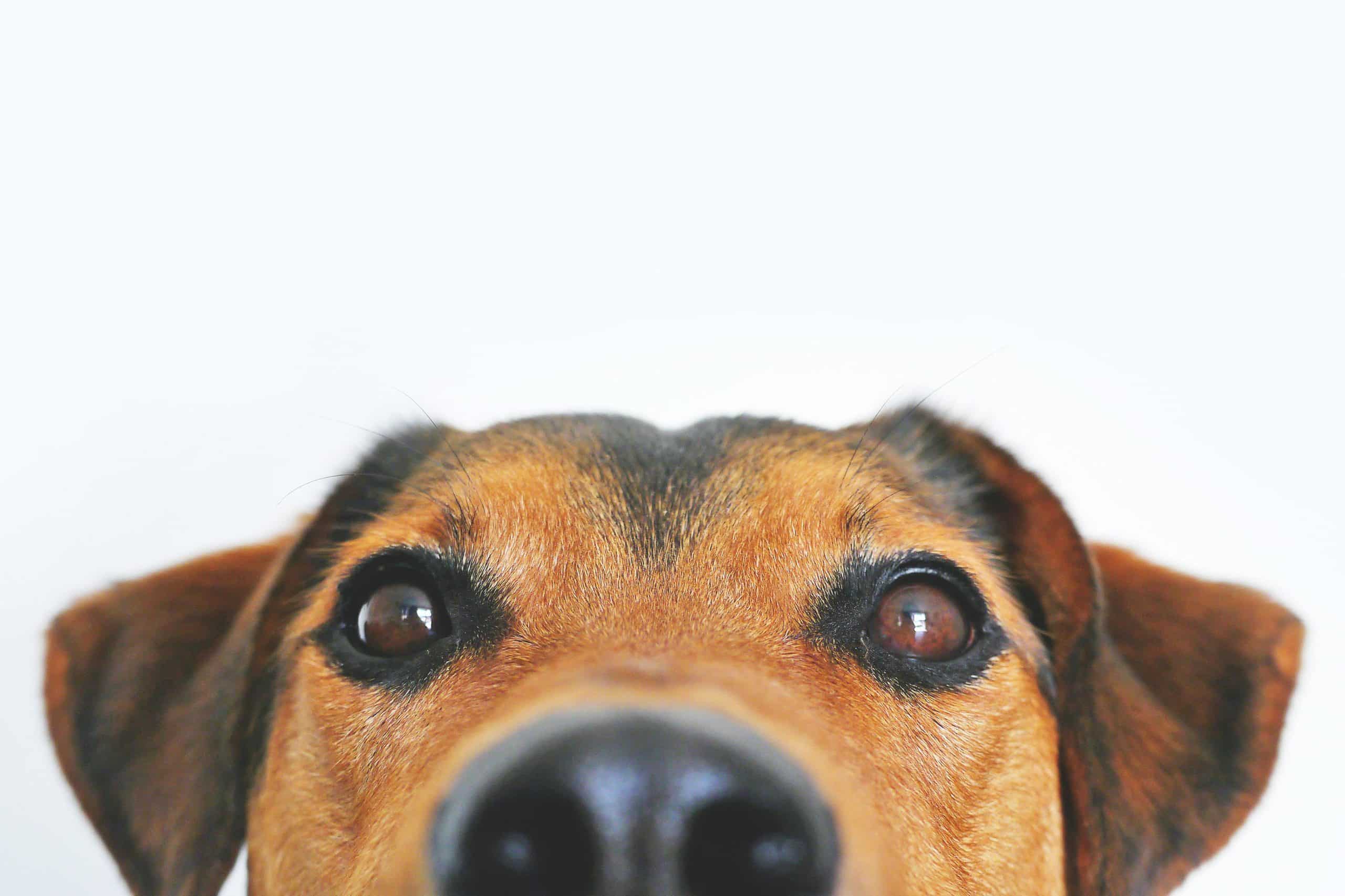Recall training is a critical aspect of any dog’s education. Having your dog respond to your call promptly can make the difference in a dangerous situation. It can also ensure your dog’s safety and freedom during walks or at the park. Large dogs, in particular, require robust recall training as their size can get them into more challenging situations. Recall training, however, isn’t just about shouting your dog’s name and hoping he’ll come bounding back. It is a carefully structured process that requires patience, consistency, and time.
Understanding the Basics of Recall Training
Before we delve into the specifics of effective recall training, it’s essential to understand what the process entails. Recall training is essentially teaching your dog to come back to you when called, regardless of what might be distracting them. It involves using a specific cue or command and consistently rewarding your dog when they return to you. This training is particularly important for large dogs who are often more independent and harder to control if they get distracted or excited.
Additional reading : What’s the Best Way to Create a Sensory Garden for Dogs?
For recall training to be effective, it’s crucial to start in a controlled environment with minimal distractions. As your dog becomes more comfortable and reliable with the recall command, you can gradually introduce more distractions to simulate real-world scenarios.
Choosing a Recall Cue or Command
The first step in recall training is choosing a recall cue or word. This recall cue should be something your dog can easily understand and associate with the act of coming back to you. It’s important that this word is not overused in other contexts or situations. Some people prefer using the dog’s name combined with the word ‘come’, while others might choose a different word like ‘here’ or ‘back’.
Also read : What’s the Best Way to Prepare a Homemade Diet for a Dog with Liver Disease?
Once you’ve chosen a cue, ensure that everyone in the household uses the same command for consistency. Your dog needs to understand that the recall cue means they are expected to return to you, no matter who is calling them.
Starting Recall Training on a Leash
Recall training should initially be done on a leash. The leash gives you control over your dog and ensures they can’t wander far. Start in a quiet, distraction-free environment. Call your dog using your chosen recall command, and if they come, reward them with treats and praise.
It’s vital to make sure you only reward the dog when they come immediately and directly to you. If they detour, sniff around, or take their time, don’t reward them. They need to understand that the reward is for coming directly to you as soon as they’re called.
Gradually Introducing Distractions
Once your dog responds well to the recall command on a leash in a distraction-free environment, it’s time to introduce distractions. Start with low-level distractions, like a family member walking by. As your dog gets better at recall amidst distractions, gradually introduce more complex distractions, like other dogs or toys.
Remember, the goal isn’t to make it impossible for your dog to succeed but to prepare them to respond to recall commands in various scenarios. It’s also important not to rush this stage. Wait until your dog is consistently responding to the recall command before introducing a new distraction.
Reinforcing the Recall Command Over Time
Recall training is not a one-time event. It’s something you should practice regularly, and reinforcement is key. Dogs, like humans, can forget if they don’t use their training. Make sure to practice recall at different times of the day, in different locations, and amidst different distractions.
Regular refresher training sessions will also help maintain your dog’s response to the recall command. This can be as simple as incorporating a few recall commands into your dog’s daily walks. Treats can be phased out gradually, but make sure to always verbally praise your dog for a well-executed recall.
Recall training for large dogs requires patience and consistency. But, the end-result of having a dog that comes when called can offer peace of mind and create a stronger bond between you and your canine companion. The time and effort spent in recall training are indeed well worth the rewards.
The Importance of Persistence and Patience in Recall Training
A critical component of successful recall training is patience. Teaching a large breed dog to reliably return when called can be a time-consuming task, and it’s crucial not to rush the process. Remember, every dog learns at their own pace. Some may grasp the concept quickly, while others may take longer. Patience is key, as pushing your dog to progress faster than they’re capable can lead to frustration for both you and your dog.
Begin by setting realistic expectations for both you and your dog. Understand that recall training is not something that can be mastered overnight. It requires consistent practice over an extended period. The goal is a reliable recall, where your dog consistently responds to your command, regardless of the environment or distractions present.
To achieve this, keep training sessions short and fun. Long, tedious sessions can cause your dog to lose interest and hinder the learning process. Incorporate games and rewards into the training to keep your dog engaged and motivated.
Don’t forget to celebrate your dog’s successes, no matter how small. Every time your dog responds correctly to the recall command, praise them and reward them. Positive reinforcement is a powerful tool in dog training. Over time, your dog will associate the recall command with positive experiences, thereby increasing the likelihood of them responding correctly in the future.
Conclusion: A Well-Trained Dog is a Joy to Have
Dog recall training is an essential part of ensuring that your large breed dog can safely enjoy off-leash time at the dog park or during walks. Although it may seem daunting at the start, with patience, consistency, and the right techniques, most dogs can learn to respond reliably to the recall command.
It’s important to remember that recall training is not a one-and-done task. It requires ongoing reinforcement and practice to maintain your dog’s response to the command. Regular training sessions incorporated into your dog’s daily routine can ensure that their recall skills remain sharp.
Lastly, don’t be disheartened if progress seems slow. Each dog is unique and learns at their own pace. The key is to remain patient and persistent. The end result – a well-trained dog that reliably comes when called – is well worth the effort. Not only does it contribute to their safety, but it also enhances the bond between you and your dog. After all, a well-trained dog is a joy to have, and effective recall training is a significant step towards achieving that goal. So pick up that dog leash and start your training journey today.






